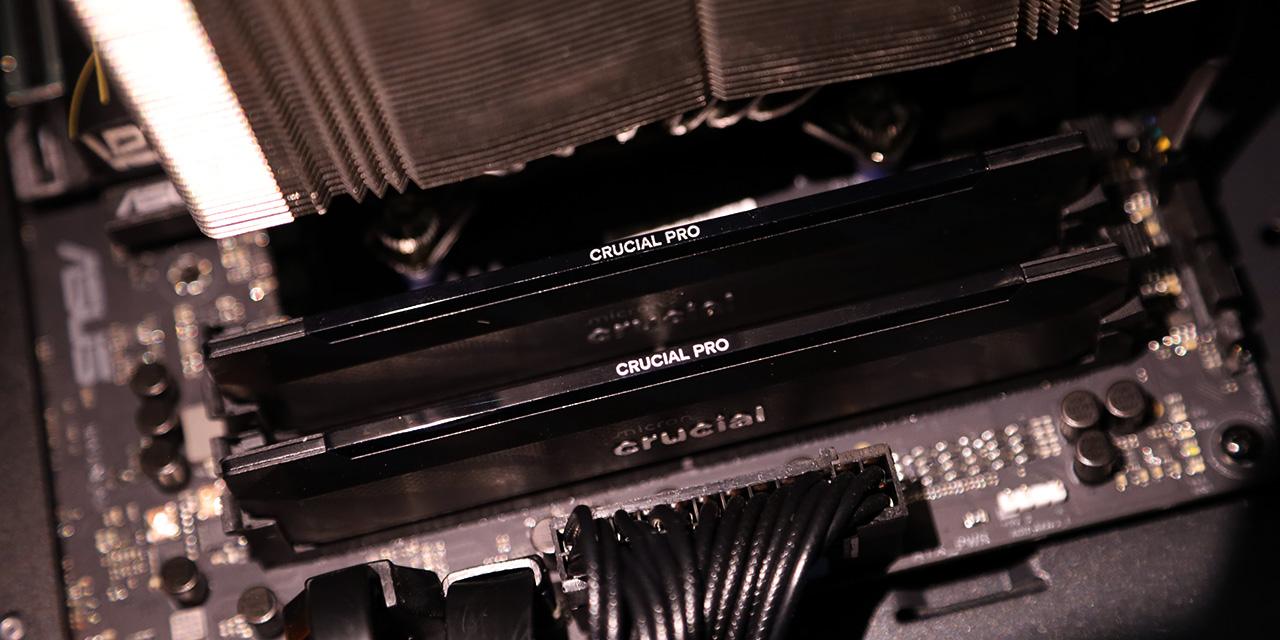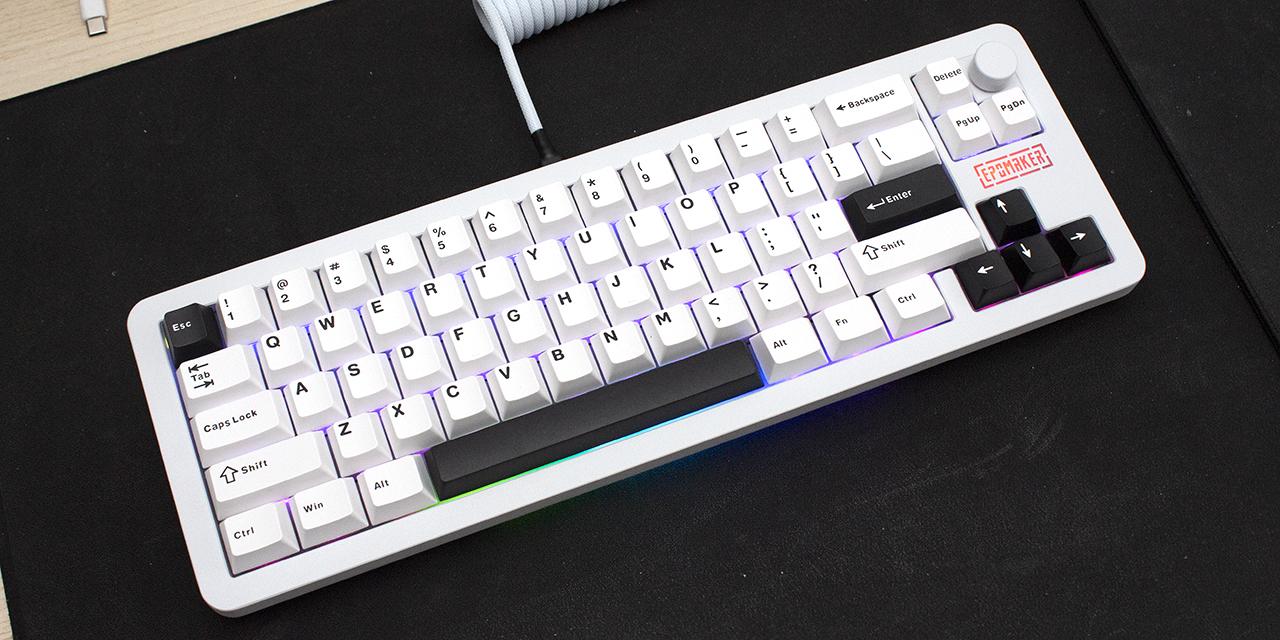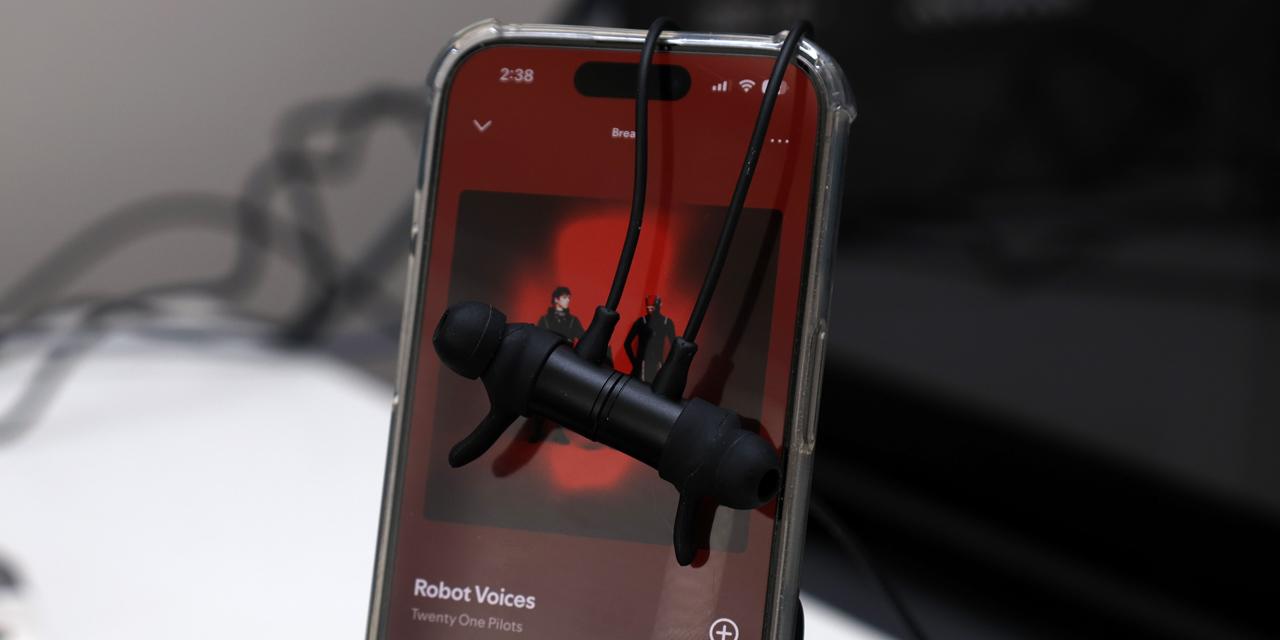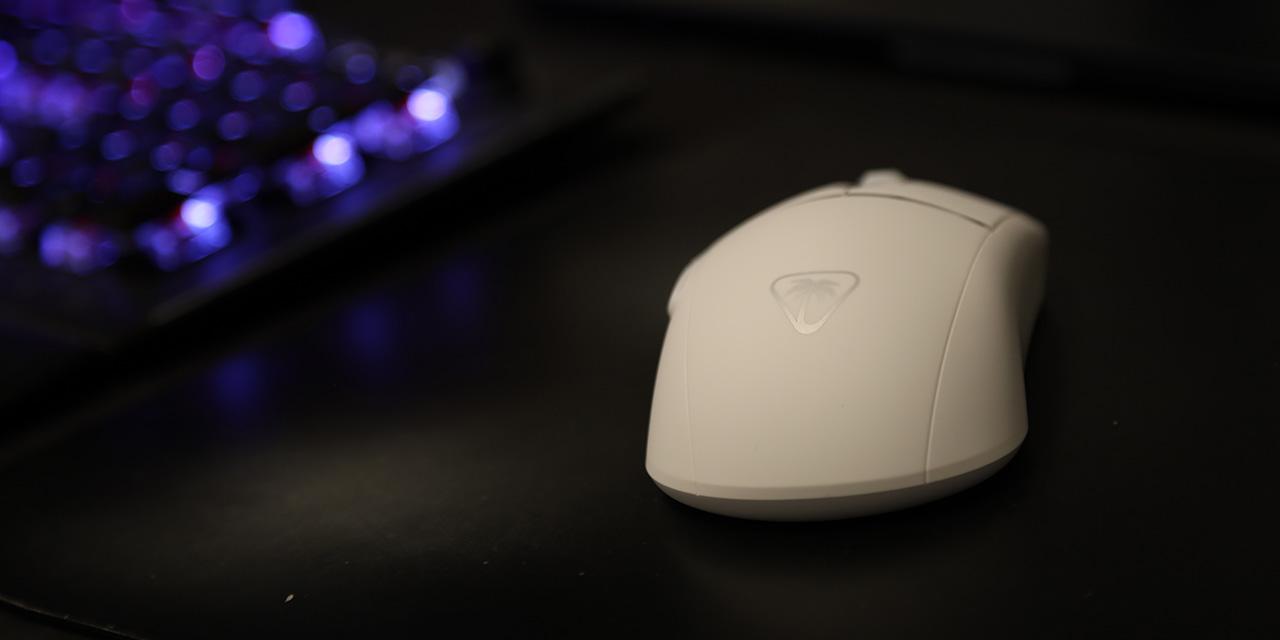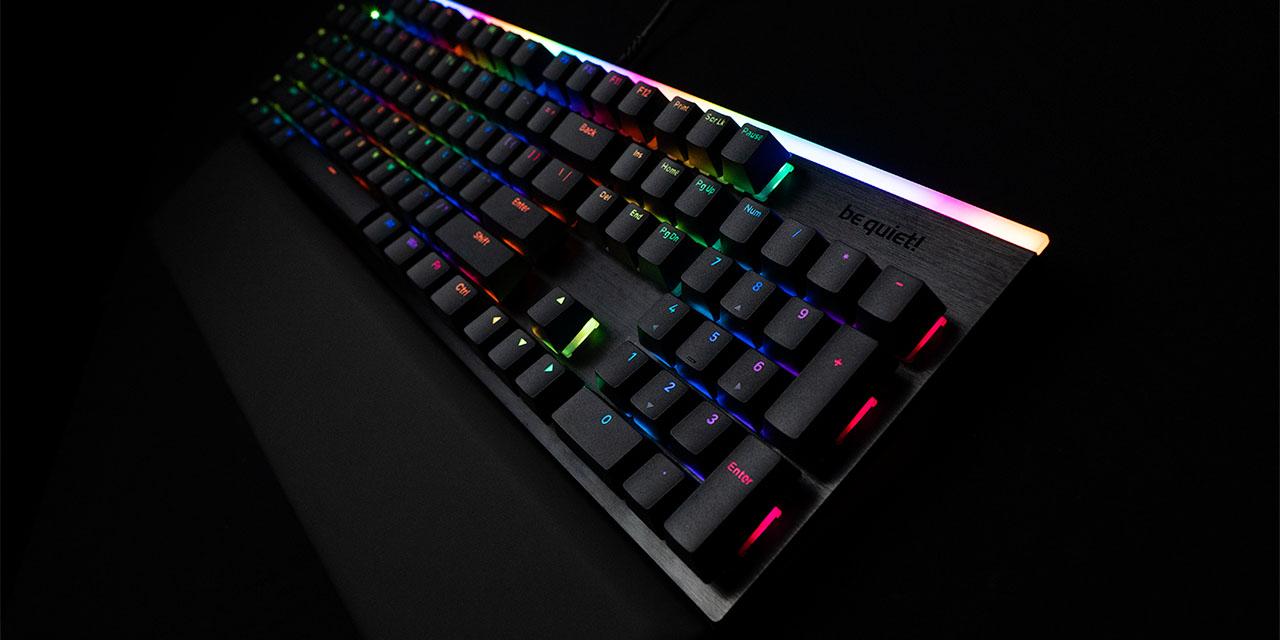From CNET: Digital photography has changed a lot over the past two decades, with clunky DSLRs giving way to sleek smartphones. Over the next 10 years, expect a similar evolution as the science behind the art changes.
Much of the technology in use today represents the breakthroughs of the first generation of digital cameras. Film was stripped away and digital image sensors took its place, but much of the rest of the camera -- things like lenses, shutters, autofocus systems -- often stayed largely the same. Manufacturers centered camera designs on the single, fleeting snap of the shutter.
Now two big trends are reshaping our expectations of digital photography. Computational photography, which uses computing technology to improve photos, vaults over the limits of smartphone camera hardware to produce impressive shots. And the "mirrorless" movement, which drops hardware once necessary for film and elevates the image sensor's importance, overhauls the mechanics of traditional cameras. Old assumptions about optics are being reconsidered -- or discarded -- as computer processing takes over.
"Cameras will change more in the next 10 years than in the past 10," said Lau Nørgaard, vice president of research and development at Phase One, a Danish company that makes ultra-premium 151-megapixel medium-format cameras costing $52,000 apiece.
View: Article @ Source Site
